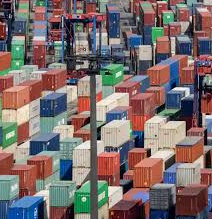New Approaches to Attracting Foreign Investment Beyond Tax Incentives
Singapore is set to implement a minimum effective tax rate of 15% for multinational enterprise (MNE) groups starting in January 2025, in line with global tax reforms under the Base Erosion and Profit Shifting (BEPS) 2.0 framework. This shift means the country will no longer be able to rely on traditional tax incentives to attract foreign investment. As a result, Singapore must explore alternative strategies to maintain its competitive edge.
The tax adjustments stem from Pillar Two of BEPS 2.0, an international agreement involving over 140 countries that aims to prevent tax base erosion and ensure that large corporations pay a fair share of taxes in the countries where they operate. While the policy change aligns Singapore with global tax standards, it presents challenges for a nation that has historically leveraged tax advantages to draw in multinational companies.
To remain attractive to businesses, Singapore is expected to focus on non-tax incentives such as:
Enhancing Infrastructure and Innovation – Continued investment in cutting-edge technology, smart infrastructure, and digital transformation initiatives to support high-value industries.
Talent Development – Strengthening workforce capabilities through upskilling programs, research partnerships, and collaboration with global firms.
Business-Friendly Regulations – Streamlining processes to make Singapore an easier place to establish and operate businesses.
Sustainability and Green Economy Incentives – Encouraging businesses to invest in green technology and carbon-neutral operations through grants and funding initiatives.
The shift in Singapore’s investment strategy will be closely watched, particularly as global competition for high-value industries intensifies. By prioritizing innovation, regulatory efficiency, and talent development, the country aims to maintain its position as a leading business hub despite the changing tax landscape.








